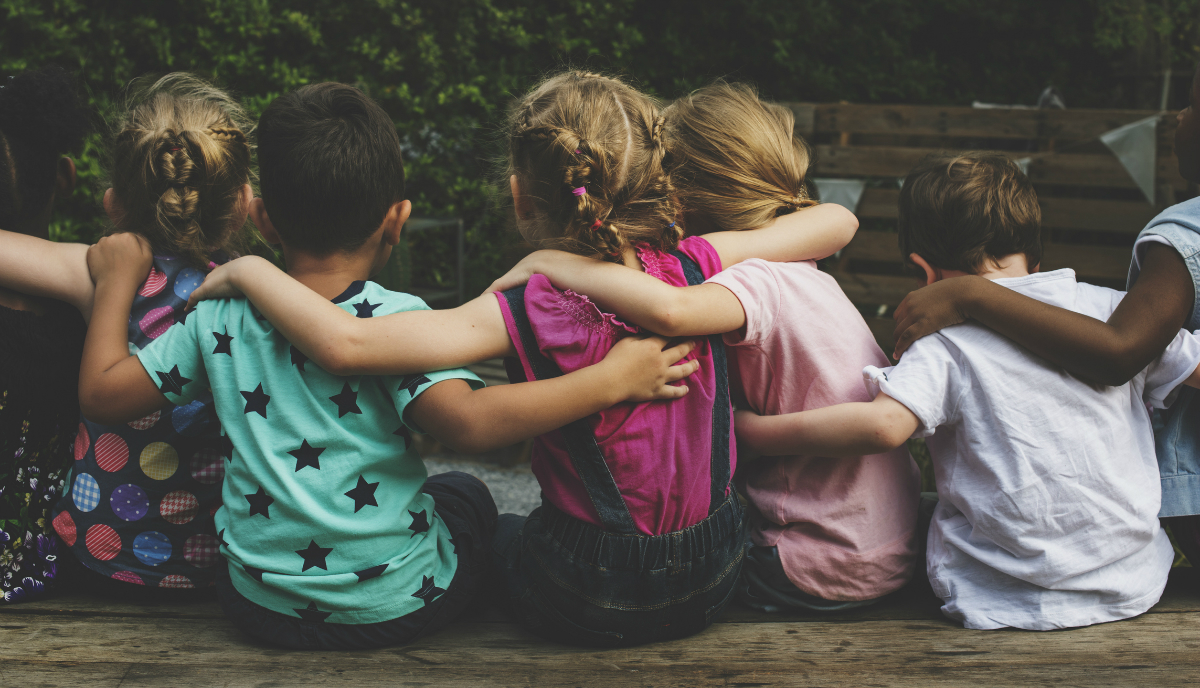Students and teachers have very different opinions on students’ level of motivation, according to a recent EdWeek Research Center report, Student Motivation: Student and Educator Perceptions.
To determine the degree to which the views of educators align with those of the young people they serve, two surveys were conducted — one involving a nationally representative group of 13- to 19-year-olds from December 2022 to January 2023 and another of secondary school teachers and administrators between January and February 2023.
While 41 percent of secondary school educators believe their students are very or somewhat unmotivated, just 14 percent of students said they aren’t motivated to perform their best in school, the Research Center found.
Thirty-eight percent of students indicated that the pandemic had made them a little or a lot less motivated in school compared to 87 percent of middle and high school educators surveyed who think the public health crisis resulted in a decline in motivation amongst students.
Roughly one-quarter of students said their morale is lower now than it was before the pandemic with 39 percent saying it is the same and 36 percent considering their morale higher. Seventy-two percent of educators, however, responded that student morale is lower than it was prior to the onset of COVID-19.
Students’ and educators’ differing conclusions could be chalked up to the fact that students were only answering for themselves while educators were reporting on a larger sample of students. Educators may also be projecting their own feelings onto students.
“When educators were asked how their own morale compared to before the pandemic, 50 percent said it had declined. Twenty-nine percent reported that it’s the same as pre-pandemic. Twenty-one percent said their morale has been higher since the pandemic,” according to the report. “In other words, educators’ views about student morale align with the declines they see in their own levels of confidence and enthusiasm emerging from the pandemic.”
Sixty-four percent of middle and high school principals and teachers think students have been misbehaving a lot or a little more compared to fall 2019. Twenty-nine percent said rates of misbehavior are the same.
As for teachers’ motivation to perform their duties to the best of their abilities, 81 percent of students said their teachers are motivated to teach them and 83 percent of principals and teachers agreed that they or the teachers in their school are motivated to teach.
According to students, the top ways to increase their motivation to achieve optimal academic outcomes include having a chance to redo assignments if they get a low grade; getting more feedback on their work so they know what to improve before they get grades; receiving more hands-on experiences (like field trips, lab experiments, maker spaces and internships); the incorporation of more humor, fun and games into class; and being allowed to do assignments on topics that they’re interested in when relevant to lessons.
Additionally, the survey found that not all students have had the chance to utilize resources that could improve morale and engagement, such as having a mentor. Almost one-fifth of students acknowledged that they do not have a mentor at their school. If they did, they’d most like that person to provide assistance with schoolwork, guidance on career plans, advice on applying to college and an ear when they need someone to talk to.
Though 87 percent of students surveyed felt more engaged in schoolwork when they could draw a direct connect with skills for a career, roughly two-thirds hadn’t taken a single career technical education course.
“One-quarter indicated that they haven’t taken such classes because their school does not offer them,” the report states. “Others have taken one or more CTE classes but only 14 percent said they are enrolled in a CTE program or pathway.”
Overall, 32 percent of young people surveyed feel very hopeful for the future and 50 percent are somewhat hopeful. Fourteen percent said they are somewhat hopeless and only 4 percent say they are very hopeless.





